What should you do when driving in fog?
Thick fog can make for extremely dangerous driving conditions, especially on motorways, So here's what to do in order to stay safe when driving in foggy conditions.
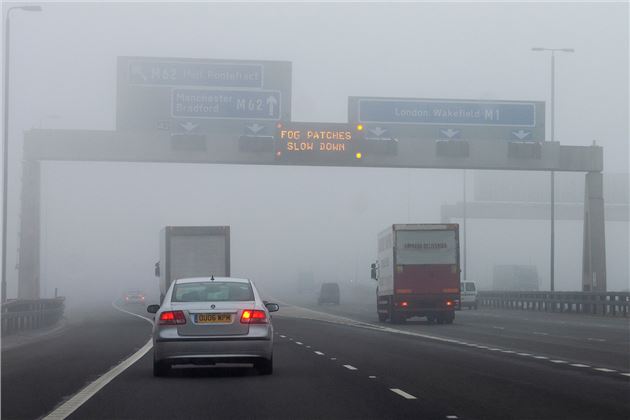
Fog can appear almost from nowhere, especially on the motorway where the faster speeds mean you can spear headlong into it before you even know what's happening.
It's not surprising that some of the UK's worst motorway pile-ups have happened in fog. But driving along a dark country road in thick fog, unsure whether there are other cars ahead and where the junctions are, can be unnerving too. So what should you do? Here are the hard and fast rules to help keep you safe.
Slow down
It's obvious but the first thing you should do is check your mirrors then slow down. Reduced visibility means you have less time to react to the road and other vehicles – slowing down buys you more time. Don't brake too hard or drive too slow, though, because you'll turn your car into a moving chicane, which could put you at as much risk as driving quickly.
Turn on your fog lights
Yes it's obvious but if you're driving in fog, put your fog lights on. Fog lights have a high-intensity light that cuts through the fog and they're positioned low to the ground where the fog isn't as thick. All cars have rear fog lights, but most also have front fog lights. Familiarise yourself with where the switch is and how to use it.
If you don't put them on when visibility is poor and you have an accident it could also cause problems with your insurance. But be courteous - switch them off when you're in stationary traffic or if the fog clears. Like main beam headlights, you only need switch your fog lights on when necessary - they don't need to be on for an entire journey if the fog clears for example.
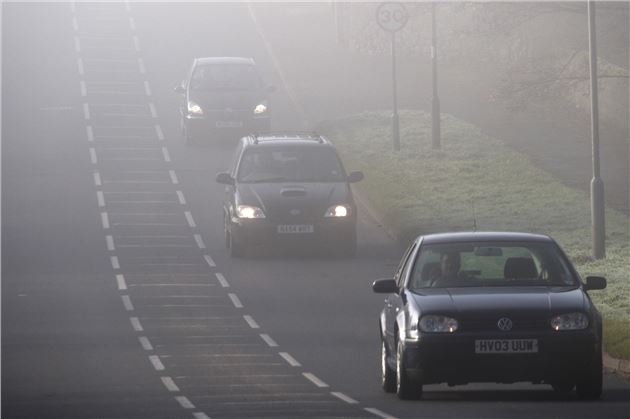
Turn on your dipped headlights
It's tempting to spark up your full-beam headlights when you hit dense fog, but they're actually next to useless in these conditions. Full beams point up the road and reflect off the fog, as a result they can actually cut your visibility. Dipped beams point into the road, lighting up the Tarmac directly in your path and avoiding reflections.
Keep your distance
Driving too close to the car in front is never a good idea but it's particularly inadvisable in fog. Remember the driver in front of you will also be struggling to see and there's a chance they may have to brake suddenly when another vehicle appears from nowhere. Do yourself a favour, drop back and give yourself plenty of time to react.
Turn up your heating
Nothing fogs up your car's windows like, well, freezing patches of fog . That's because warm, moist air on the inside is coming into contact with the cold glass surface. Counter this with dry air by ramping up your ventilation system, turning up the heat and sending the airflow towards your windows.
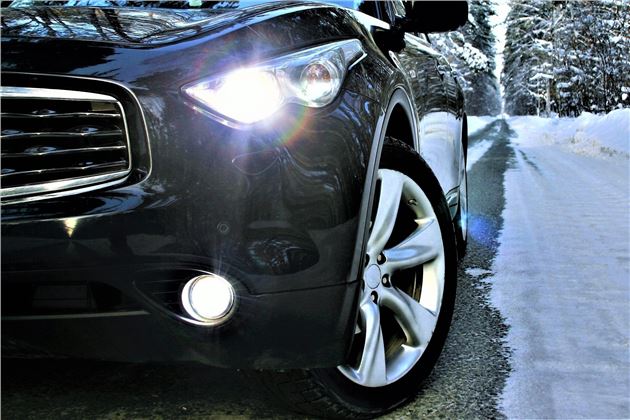
Listen for traffic
Listening for traffic is one way of keeping yourself safe in fog especially at junctions. Lowering your windows means you'll be able to hear approaching traffic long before you can see it in fog. If you can hear a car approaching then it's best not pull out. It doesn't work quite so well when you're moving because the noise of your own car disguises any others.
Bide your time
If you've just cleared a patch of fog, chances are, there's more out there so don't immediately put your foot down and drive hell-for-leather. No, stick to a sensible pace and keep an eagle-eyed view of what's going on ahead of you. Fog itself isn't always easy to spot so watch the cars in front – if they suddenly disappear from view, you know what's coming.
Remember to turn your fog lights off
It's important to remember to turn off your fog lights when conditions clear. Fog lights' high-intensity discharge can dazzle and distract other roads users. Most notably, the Highway Code says "you must not use front or rear fog lights unless visibility is seriously reduced" and ignoring this could land you a £50 fine.
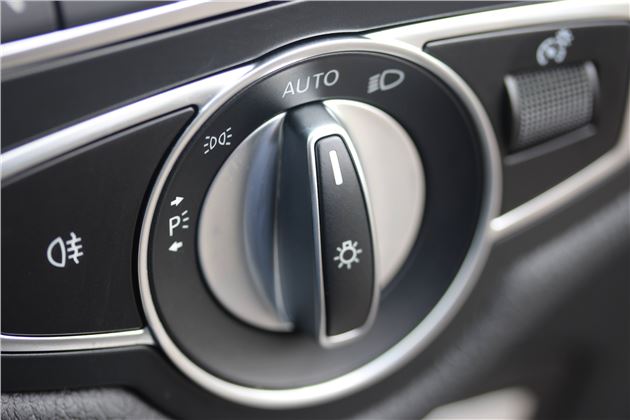
What are fog lights?
Fog lights are lights specifically designed to see, and be seen, in fog. Front fog lights have a bright white light, while rear fog lights are red.
What's the difference between fog lights and headlights?
Fog lights are positioned below headlights on your car to shine off the ground below the fog – so you can see where you're going. Fog lights focus their beam low to avoid reflecting off the fog. Headlights are positioned high to shine as far up the road as possible – maximising visibility in good conditions.
Does my car have fog lights?
By law, all cars sold in the UK have at least one rear fog light. However, most modern cars also have front fog lights.
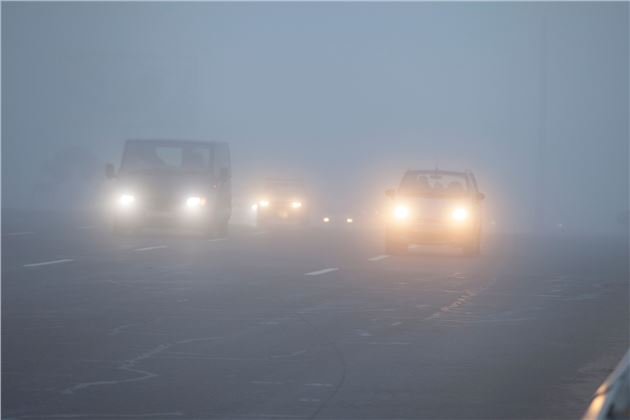
What is the difference between fog and mist?
Both fog and mist affect visibility when driving but fog is thicker and takes longer to clear. Technically, the Met Office defines fog as when you can see less than 1000 metres away (3280 feet) and if you can see further than that then it is mist.
However, keep in mind that the Highway Code states you must use headlights when you can't see more than 100 metres (328 feet).
What are the stopping distances in fog?
The roads are likely to be damp in foggy conditions so it's advisable to allow a four-second gap between you and the vehicle in front, instead of the usual two-second gap. If the roads are icy, then the gap should be up to ten times greater.
What lights should you use in fog?
It's best to use your low-beam headlights in fog because they won't reflect off the fog like your full beams. You should also use your fog lights which produce an intense light that's visible through the haze.
My car has failed its MoT on one rear fog light not working - can it pass with just one?







.jpg)





